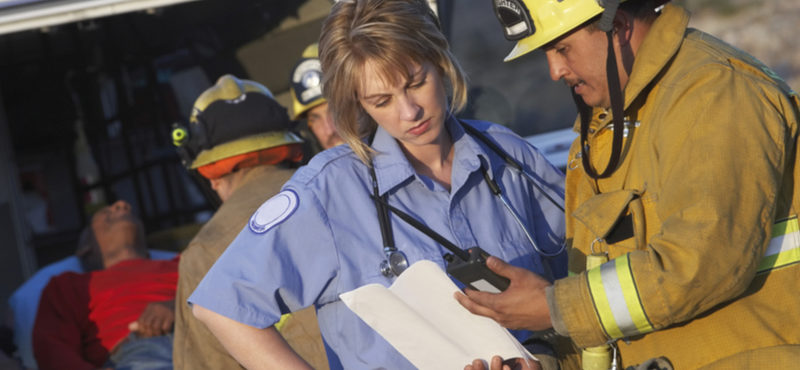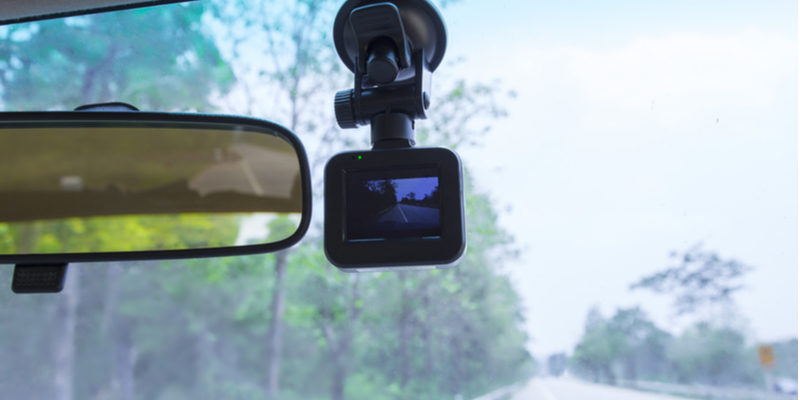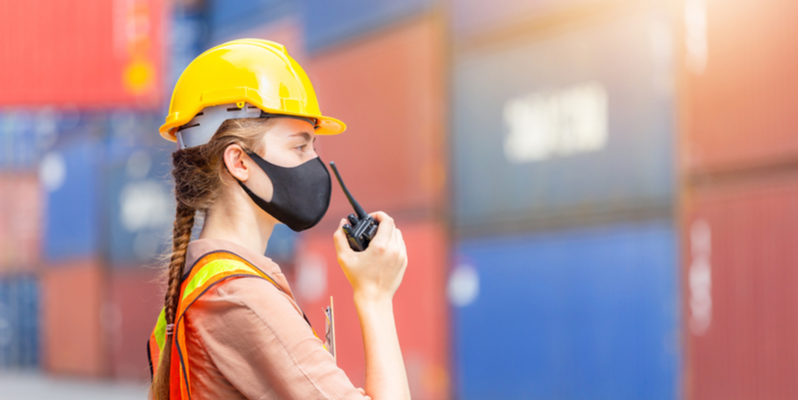In years past, in building wireless was unheard of, after all landlines were used inside and as wireless phones grew in popularity, their use was limited to outside the building. Fast forward to 2021, and landline are being phased out as cellular coverage increases. The problem is there is an issue, while cellular subscribers expect superior indoor coverage, they don’t always get what they want. Since around 80 percent of wireless communication takes place inside a building, in-building wireless is crucial for seamless communication. Even when in-building wireless is already in place, coverage can still be negatively impacted as a result of a building’s layout and surrounding structures, as well as the building materials and the location of the caller inside.
Increased Reliance on Wireless Communication
The population is increasing reliant on wireless communication which means a need powerful and reliable indoor coverage, particularly for first responders and anyone placing calls in an emergency situation. Even in non-emergency situations and scenarios, being able to call and/or text can be crucial to communication and convenience.
Given that more than 40 percent of employees in commercial business have issues with in-building coverage and more than 30 percent report dropped calls inside, increased reliance on wireless communication requires strong, dependable in-building coverage. With the advent of 5G wireless technology, the need for in-building wireless will continue to grow due to enhanced capacity and high-definition capabilities with fewer delays.
Finding Solutions – In-Building Wireless
Since its inception, wireless carriers have been unable to control environmental issues obstructing in-building coverage. Even so, you can improve indoor reception and enhance coverage dependability in your building with DAS (distributed antenna systems, IBW (in-building wireless equipment), and other in-building cellular enhancement protocols. Making these enhancements in your building will increase capacity, permitting cellular signals to move in, out, and around the building easily.
While the debate rages over who should be responsible for installing these enhancements – the carriers or the building owners – cost remains a crucial factor as does the increase in wireless usage and devices, network capacity and security requirements, and installation in older, existing buildings. LTE cellular boosts can provide a solution to security and quality compared to Wi-Fi connections, and they may provide part of the needed solution. This is especially true when compared to the use of unsecured local or public networks which have decreased speed and capacity and a lack of security. Improving towers can also help, enhancing the quality and the reach of in-building wireless.
The fact remains as wireless use increases, in-building wireless enhancements will become essential for both building owners and carriers to ensure productivity as well as revenue. Powerful, dependable connectivity benefits your business, allowing your employees to move in and about the building without losing their connection and their ability to communicate effectively through conferencing, shared documents, and collaborative communication. Having the flexibility to move without connection loss means employees can work where they need to and deliver greater cost-effectiveness for your business.
For Powerful and Reliable In-Building Wireless Services
Enhancing capacity and coverage for your business shouldn’t be hard. For powerful, reliable, and dependable in-building wireless services call on Highland Wireless, the full-service company for Fire and Public Safety Radio Enhancement Projects in the greater Miami area, including Miami-Dade, Broward, Palm Beach, and the surrounding area. Specializing in RF engineering, onsite testing, as well as CAD Design, iBwave Design, NFPA installation, and close-out documentation, Highland Wireless RF engineers will be onsite to assess your needs and provided a custom proposal for your building. Contact us today to learn more about in-building wireless services.





